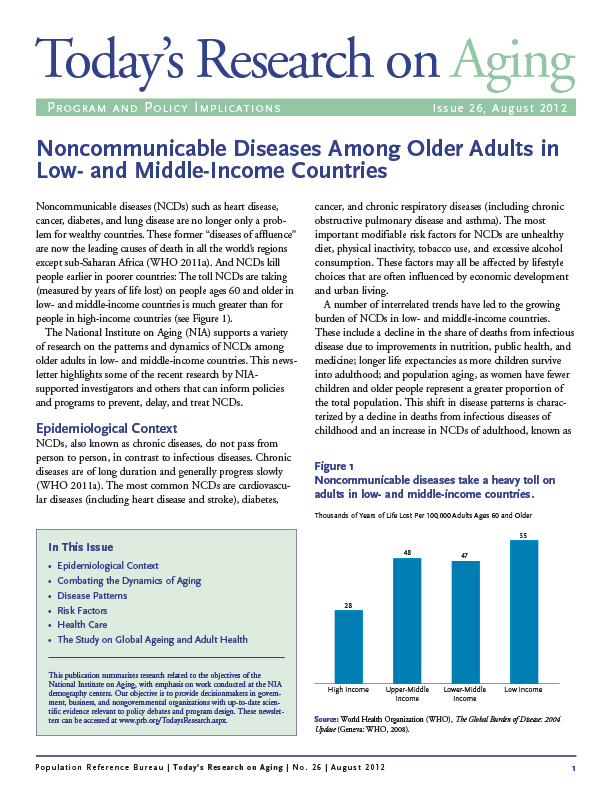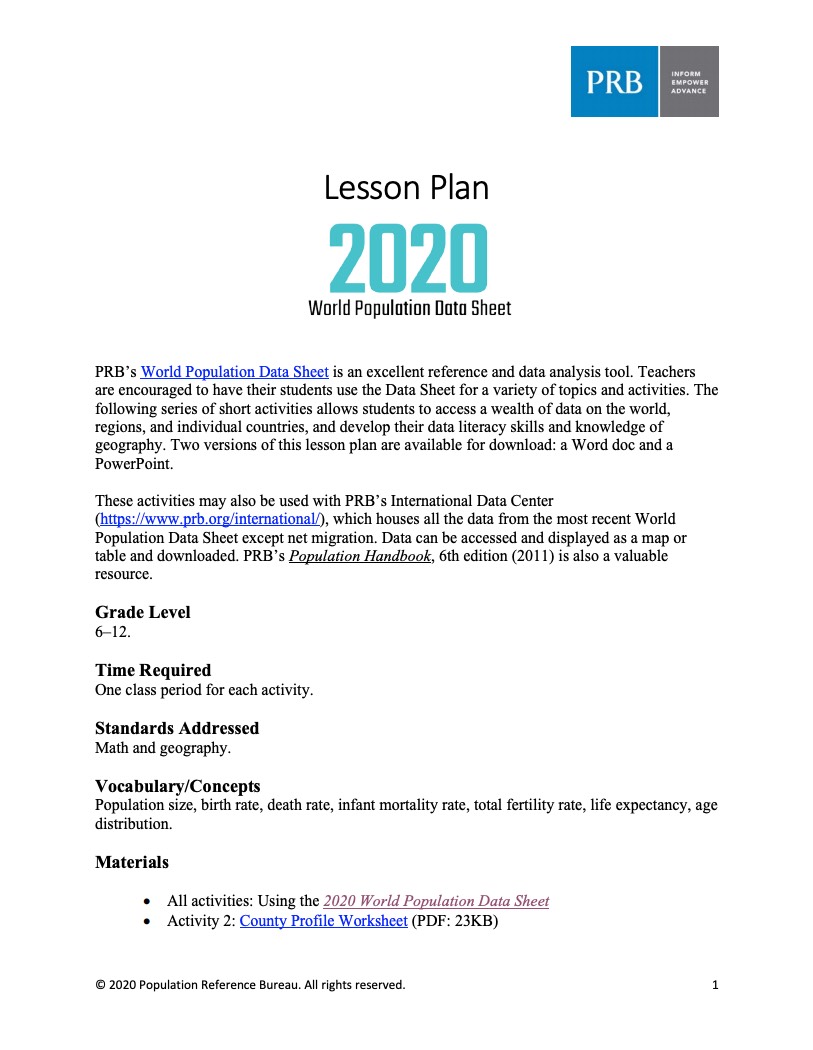Project: Center for Public Information on Population Research (CPIPR)
Disadvantage for Black Families Compounded by Economic Circumstances of Kin
Race may be a social construct but it’s one with consequences that may span generations. While both Black and white families can experience upward or downward wealth mobility from one generation to the next, studies show the dramatic socioeconomic disadvantages for Black families have persisted across generations.







